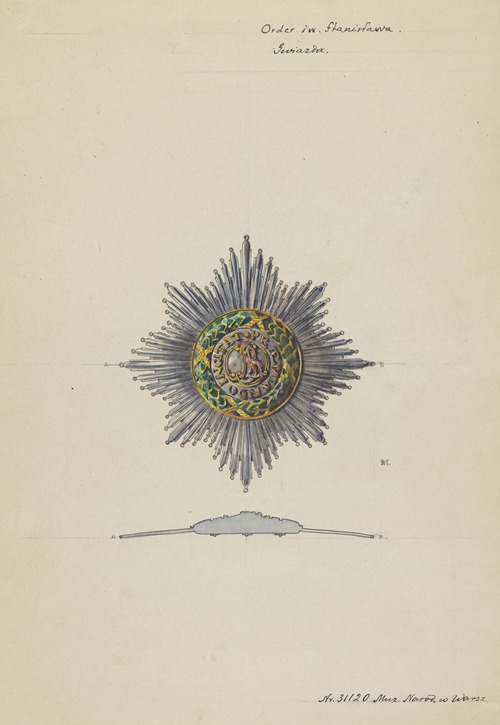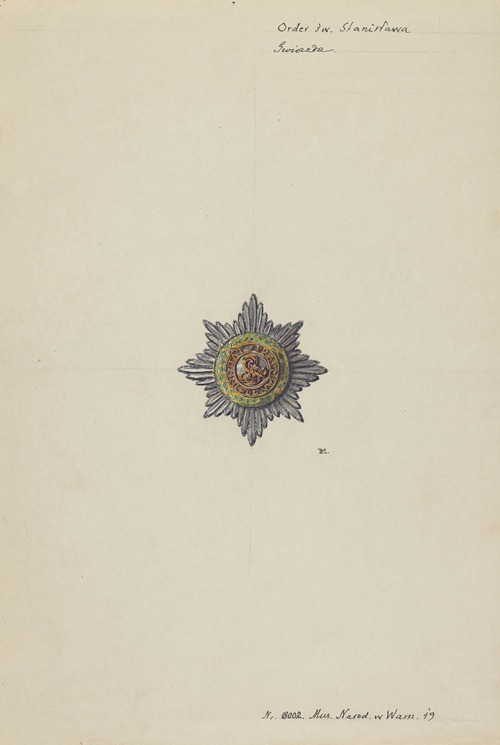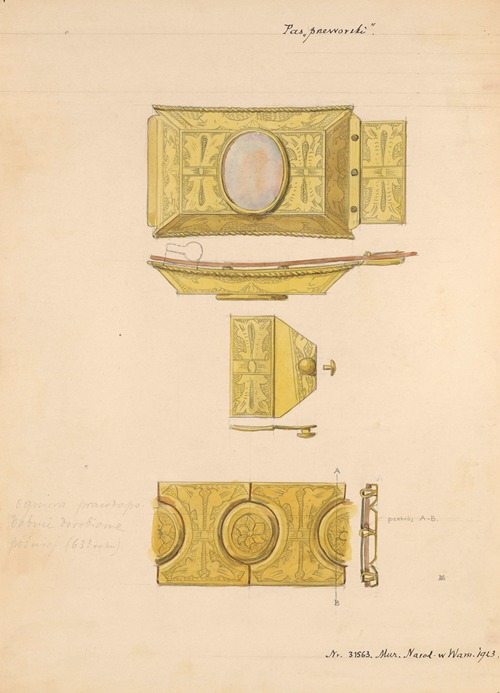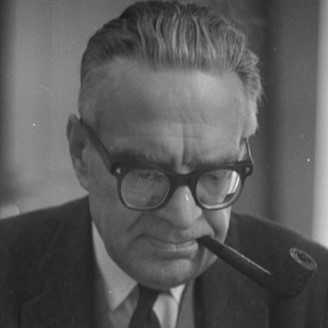








Bohdan Lucjan Marconi was a Polish painting conservator, professor at the Academy of Fine Arts in Warsaw.
Grandson of Henryk Marconi, son of Władysław and Kazimiera Eleonora née Kolberg (1858–1934). He had three sisters: Janina Eleonora (1881–1883), Eleonora Jadwiga (1887–1887), Halina Maria (1888–1952), wife of Stanisław Łoza, and four brothers: Stanisław (1883–1883), Karol Władysław (1884–1953), Kazimierz (1890–1992) and Tadeusz Adolf (1899–1956). After graduating from high school, he went to study at the conservatory in Berlin (violin). In 1914, he began studying painting at the Académie des Beaux-Arts in Paris, which he continued in 1916–1919 at the School of Fine Arts in Warsaw under the supervision of Miłosz Kotarbiński and Wojciech Kossak. In 1917, he gave a concert at the National Philharmonic in Warsaw.
In 1918, he joined the army and fought on the Lithuanian-Belarusian front during the Polish-Bolshevik War. He graduated from the Infantry Officer Cadet School and the Motorized Forces Officer Cadet School. On September 22, 1922, he took up the position of draftsman, then conservator-restorer at the National Museum in Warsaw in the painting conservation studio, where he worked until 1951.
During the German occupation, he took part in an unsuccessful attempt to rescue the ceilings from the Royal Castle in Warsaw. During the destruction of Warsaw by German troops after the fall of the Warsaw Uprising, he stayed in the building of the National Museum, where he witnessed the looting and destruction of museum objects by soldiers. His wartime memories were published in a collection of his essays entitled O sztuce konserwacji (On the Art of Conservation). In 1947, he was appointed professor at the Academy of Fine Arts, where he taught painting conservation.
Particularly valuable are the so-called Marconi portfolios and rolls, concerning paintings he accepted for conservation before and after the war, which made it possible, among other things, to compile a register of paintings destroyed and lost during World War II.
In 1950, he was awarded the State Artistic Award, 3rd class, in the field of fine arts for his lifetime achievement, and in particular for the conservation of Matejko's painting The Battle of Grunwald.
On May 8, 1919, he married Zofia Szyller (1896–1988), a stenographer of the Polish Parliament. They had two daughters and two grandsons, including Marek Bliziński, a musician. Their daughter Zofia Bronisława Blizińska (1921–2012) was a conservator of easel and wall paintings.
He died in Warsaw and was laid to rest in the family tomb next to his parents and brother at the Evangelical Reformed Cemetery in Warsaw (plot I-6-4).






